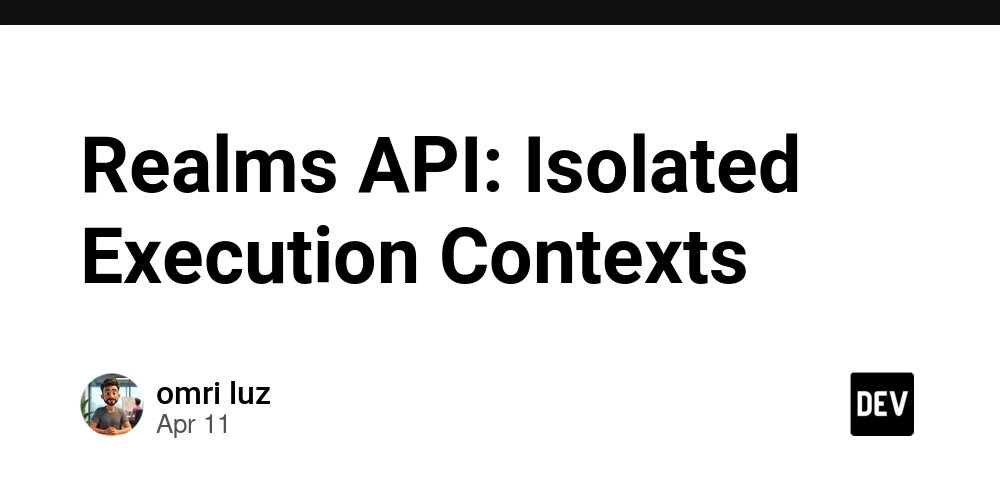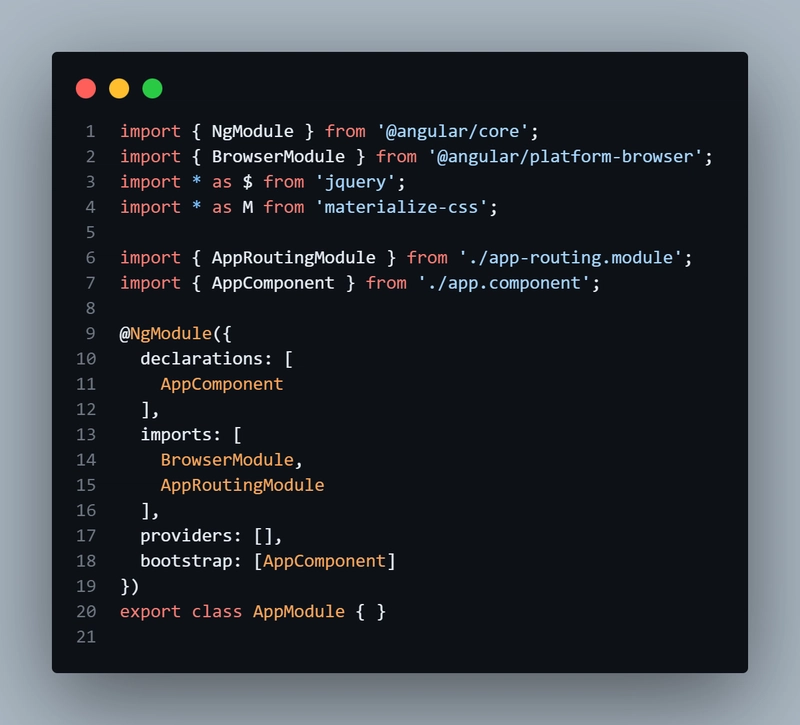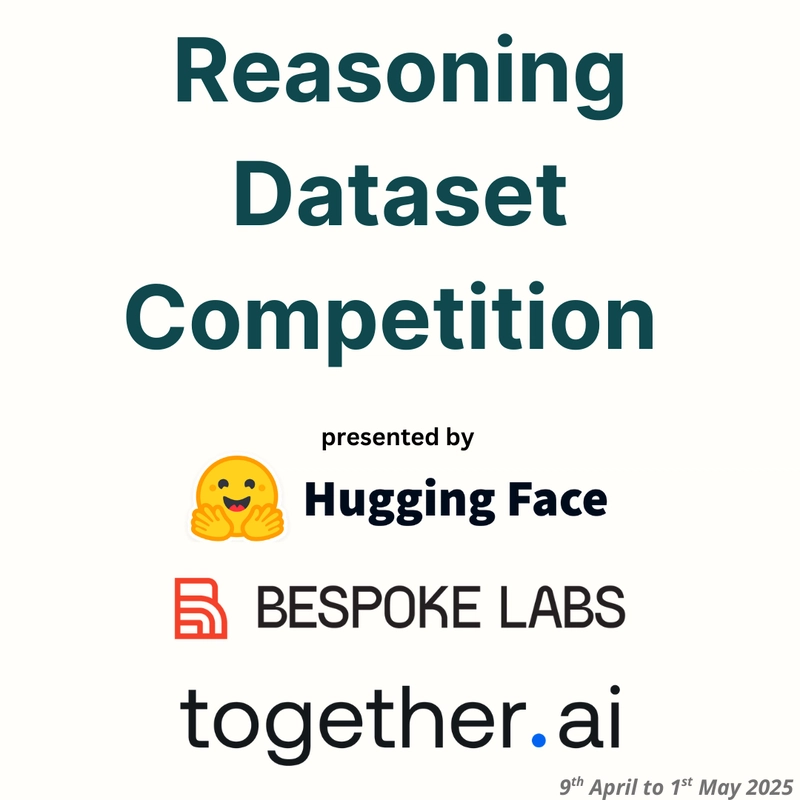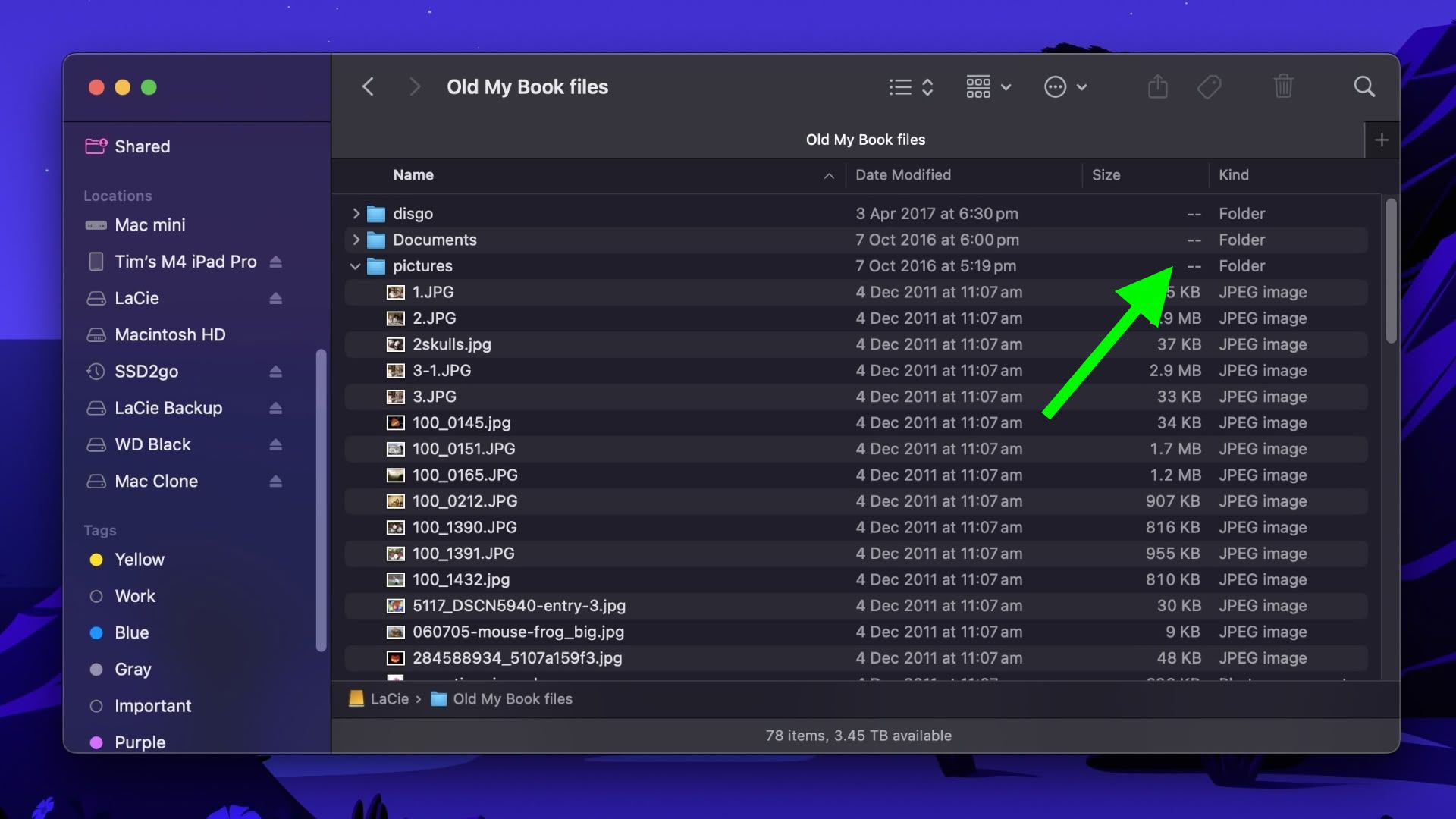Realms API: Isolated Execution Contexts
Realms API: Isolated Execution Contexts in JavaScript Introduction The Realms API, introduced as part of ECMAScript's standardized features, offers a revolutionary way to create isolated execution contexts in JavaScript. While traditional execution contexts in JS are inherently linked to a global environment and share global variables and functions, Realms provide a mechanism to create completely isolated setups. This article delves into the technical and historical context behind Realms, their practical uses, advantages, caveats, and optimization strategies, providing a comprehensive guide aimed at senior developers. Historical Context JavaScript has long grappled with issues of isolation and scope. Historically, JavaScript environments such as browsers and Node.js operate with a single global context. This has led to global namespace conflicts and has complicated the creation of isolated modules or libraries. The introduction of Realms stems from the need to manage module isolation better and enhance security in execution environments such as web browsers. The concepts behind Realms originated in work done for the Temporal Dead Zone and the secure JavaScript environment offered by the likes of WebAssembly, and have evolved through discussions in the ECMAScript proposal stages. Inspiration from Other Technologies The need for isolation is not exclusive to JavaScript. Languages like Python and Java provide mechanisms for code isolation, be it through module systems or runtime environments. Java's ClassLoader, for instance, can load classes in isolated namespaces. The Realms API achieves similar goals within the JS ecosystem, offering a direct response to modularization and encapsulation challenges, as encountered when developing large applications. Technical Overview of the Realms API At its core, the Realms API allows for the creation of a new global object, effectively a new "realm" of JavaScript. Objects, arrays, and functions created within a Realm maintain their separation from other Realms, allowing developers to run scripts without fear of interference from the global context. Basic Structure const { createRealm } = Realm; // Create a new realm const realm = createRealm(); // Access the global object of the realm const global = realm.global; // Execute code in the context of the new realm realm.evaluate(`let a = 10; a + 5;`); // 15 In-Depth Example: Creating Isolated Modules Consider a scenario where you have multiple versions of a library that could potentially conflict with each other. By leveraging Realms, you can create distinct execution environments: const { createRealm } = Realm; // Create distinct realms for different versions of a library const realmV1 = createRealm(); const realmV2 = createRealm(); // Load library script in respective realms realmV1.evaluate(` const version = '1.0.0'; export function getVersion() { return version; } `); realmV2.evaluate(` const version = '2.0.0'; export function getVersion() { return version; } `); // Access the functions const v1Version = realmV1.getVersion(); // '1.0.0' const v2Version = realmV2.getVersion(); // '2.0.0' In the above example, getVersion carries context and hidden state specific to its respective realm, preventing version collisions. Edge Cases and Advanced Implementation Techniques Handling Promise Resolutions in Isolated Contexts Realms do not share their built-in objects, including Promise. This necessitates a way to handle asynchronous code execution effectively across realms. const realm = createRealm(); // Create a realm-specific Promise resolution const realmPromise = realm.evaluate(`new Promise(resolve => setTimeout(() => resolve('done'), 100));`); realmPromise.then(result => console.log(result)); // In the realm context, handles independently. Proxies in Realms Combining Proxies with Realms can achieve sophisticated use cases, such as tracking access to isolated variables or providing complex validation: const realm = createRealm(); realm.evaluate(`const secret = 'hidden';`); const secretProxy = new Proxy(realm.global.secret, { get(target, prop) { if (prop === 'value') { console.log('Accessed secret!'); return target; } return undefined; // Prevents direct access } }); console.log(secretProxy.value); // Outputs: Accessed secret! hidden Cross-Realm Communication To send data between realms while maintaining isolation, one could serialize objects safely: const realmSender = createRealm(); const realmReceiver = createRealm(); const data = { foo: 'bar' }; // Send data across realms by serialization realmReceiver.evaluate(`const incoming= JSON.parse(${JSON.stringify(data)});`); Performance Considerations and Optimization Strategies While Realms provide advan

Realms API: Isolated Execution Contexts in JavaScript
Introduction
The Realms API, introduced as part of ECMAScript's standardized features, offers a revolutionary way to create isolated execution contexts in JavaScript. While traditional execution contexts in JS are inherently linked to a global environment and share global variables and functions, Realms provide a mechanism to create completely isolated setups. This article delves into the technical and historical context behind Realms, their practical uses, advantages, caveats, and optimization strategies, providing a comprehensive guide aimed at senior developers.
Historical Context
JavaScript has long grappled with issues of isolation and scope. Historically, JavaScript environments such as browsers and Node.js operate with a single global context. This has led to global namespace conflicts and has complicated the creation of isolated modules or libraries.
The introduction of Realms stems from the need to manage module isolation better and enhance security in execution environments such as web browsers. The concepts behind Realms originated in work done for the Temporal Dead Zone and the secure JavaScript environment offered by the likes of WebAssembly, and have evolved through discussions in the ECMAScript proposal stages.
Inspiration from Other Technologies
The need for isolation is not exclusive to JavaScript. Languages like Python and Java provide mechanisms for code isolation, be it through module systems or runtime environments. Java's ClassLoader, for instance, can load classes in isolated namespaces. The Realms API achieves similar goals within the JS ecosystem, offering a direct response to modularization and encapsulation challenges, as encountered when developing large applications.
Technical Overview of the Realms API
At its core, the Realms API allows for the creation of a new global object, effectively a new "realm" of JavaScript. Objects, arrays, and functions created within a Realm maintain their separation from other Realms, allowing developers to run scripts without fear of interference from the global context.
Basic Structure
const { createRealm } = Realm;
// Create a new realm
const realm = createRealm();
// Access the global object of the realm
const global = realm.global;
// Execute code in the context of the new realm
realm.evaluate(`let a = 10; a + 5;`); // 15
In-Depth Example: Creating Isolated Modules
Consider a scenario where you have multiple versions of a library that could potentially conflict with each other. By leveraging Realms, you can create distinct execution environments:
const { createRealm } = Realm;
// Create distinct realms for different versions of a library
const realmV1 = createRealm();
const realmV2 = createRealm();
// Load library script in respective realms
realmV1.evaluate(`
const version = '1.0.0';
export function getVersion() {
return version;
}
`);
realmV2.evaluate(`
const version = '2.0.0';
export function getVersion() {
return version;
}
`);
// Access the functions
const v1Version = realmV1.getVersion(); // '1.0.0'
const v2Version = realmV2.getVersion(); // '2.0.0'
In the above example, getVersion carries context and hidden state specific to its respective realm, preventing version collisions.
Edge Cases and Advanced Implementation Techniques
Handling Promise Resolutions in Isolated Contexts
Realms do not share their built-in objects, including Promise. This necessitates a way to handle asynchronous code execution effectively across realms.
const realm = createRealm();
// Create a realm-specific Promise resolution
const realmPromise = realm.evaluate(`new Promise(resolve => setTimeout(() => resolve('done'), 100));`);
realmPromise.then(result => console.log(result)); // In the realm context, handles independently.
Proxies in Realms
Combining Proxies with Realms can achieve sophisticated use cases, such as tracking access to isolated variables or providing complex validation:
const realm = createRealm();
realm.evaluate(`const secret = 'hidden';`);
const secretProxy = new Proxy(realm.global.secret, {
get(target, prop) {
if (prop === 'value') {
console.log('Accessed secret!');
return target;
}
return undefined; // Prevents direct access
}
});
console.log(secretProxy.value); // Outputs: Accessed secret! hidden
Cross-Realm Communication
To send data between realms while maintaining isolation, one could serialize objects safely:
const realmSender = createRealm();
const realmReceiver = createRealm();
const data = { foo: 'bar' };
// Send data across realms by serialization
realmReceiver.evaluate(`const incoming= JSON.parse(${JSON.stringify(data)});`);
Performance Considerations and Optimization Strategies
While Realms provide advanced features for isolation, they do incur performance overhead associated with their separation. The overhead can be mitigated through careful design:
Minimize Cross-Realm Calls: Each cross-realm call incurs serialization and deserialization overhead. Batch calls when possible.
Lazy Initialization: Keep resources allocated in realms to a minimum until they're absolutely needed.
Memory Management: Pay attention to memory usage when realms remain active longer than necessary. Dispose of them appropriately.
Profiling Tools: Use built-in JS profilers or third-party performance monitoring tools to identify bottlenecks related to realm usage.
Pitfalls and Advanced Debugging Techniques
Developers must be cautious about certain caveats when working with Realms:
- Circular References: Be wary of circular references between realms that can lead to memory leaks.
- Security: Always treat data passed between realms as potentially vulnerable; this includes sanitizing inputs.
-
Debugging: Since each realm has its own global environment, it’s beneficial to utilize custom logging mechanisms within each realm to trace issues back to their source. Tools like
console.logwithin realms can confound debugging if misunderstood.
Example of logging:
realm.evaluate(`
console.log("This is a log from the realm.");
`);
To assist debugging, consider telemetry or state snapping to allow inspection of realm states at various points in execution.
Comparison with Alternative Approaches
Module Pattern vs. Realms
Legacy approaches, like the Module Pattern, encapsulate variables but do not offer complete isolation. Realms provide true global object separation.
Isolated Contexts with IIFE
Immediately Invoked Function Expressions (IIFE) can avoid polluting the global namespace, but they do not allow for independent access to the global scope between invocations. Realms facilitate this directly.
Node.js VM Module
Natively, Node.js provides the vm module to create contexts—not nearly as robust and native as Realms. Whereas vm relies on the existing context and only isolates variable scope, Realms create entirely distinct global objects.
Real-World Use Cases
Browser-Based Applications
Web Components: This allows for the isolation of component dependencies, preventing styles or scripts from leaking.
Ad Networks: Abstracting advertisements in isolated realms prevents conflicts with the parent application and enhances security.
Server-Side Rendering (SSR)
In SSR, Realms can serve different versions of templates or render components independently without clashing global state.
Conclusion
The Realms API provides a powerful solution for creating isolated execution contexts in JavaScript. Its applications span across secure module development, cross-domain scripting, and asynchronous task management. As developers navigate the complexities associated with these isolated environments, understanding the nuances of Realms will enable them to craft cleaner, safer, and more maintainable code.
For further reading and exploration, please refer to the official MDN Realms Documentation and ECMAScript proposals concerning its integration and comprehensive use cases.
By understanding these principles and techniques, developers can fully unlock the potential of the Realms API and significantly enhance their JavaScript applications.









































































































































































![[The AI Show Episode 144]: ChatGPT’s New Memory, Shopify CEO’s Leaked “AI First” Memo, Google Cloud Next Releases, o3 and o4-mini Coming Soon & Llama 4’s Rocky Launch](https://www.marketingaiinstitute.com/hubfs/ep%20144%20cover.png)


































































































































































































![Blue Archive tier list [April 2025]](https://media.pocketgamer.com/artwork/na-33404-1636469504/blue-archive-screenshot-2.jpg?#)































.png?#)









.png?width=1920&height=1920&fit=bounds&quality=70&format=jpg&auto=webp#)




























.webp?#)






















































































![PSA: It’s not just you, Spotify is down [U: Fixed]](https://i0.wp.com/9to5mac.com/wp-content/uploads/sites/6/2023/06/spotify-logo-2.jpg?resize=1200%2C628&quality=82&strip=all&ssl=1)



![[Update: Optional] Google rolling out auto-restart security feature to Android](https://i0.wp.com/9to5google.com/wp-content/uploads/sites/4/2025/01/google-play-services-2.jpg?resize=1200%2C628&quality=82&strip=all&ssl=1)













![Apple Vision 'Air' Headset May Feature Titanium and iPhone 5-Era Black Finish [Rumor]](https://www.iclarified.com/images/news/97040/97040/97040-640.jpg)


![Apple to Split Enterprise and Western Europe Roles as VP Exits [Report]](https://www.iclarified.com/images/news/97032/97032/97032-640.jpg)






































































































































